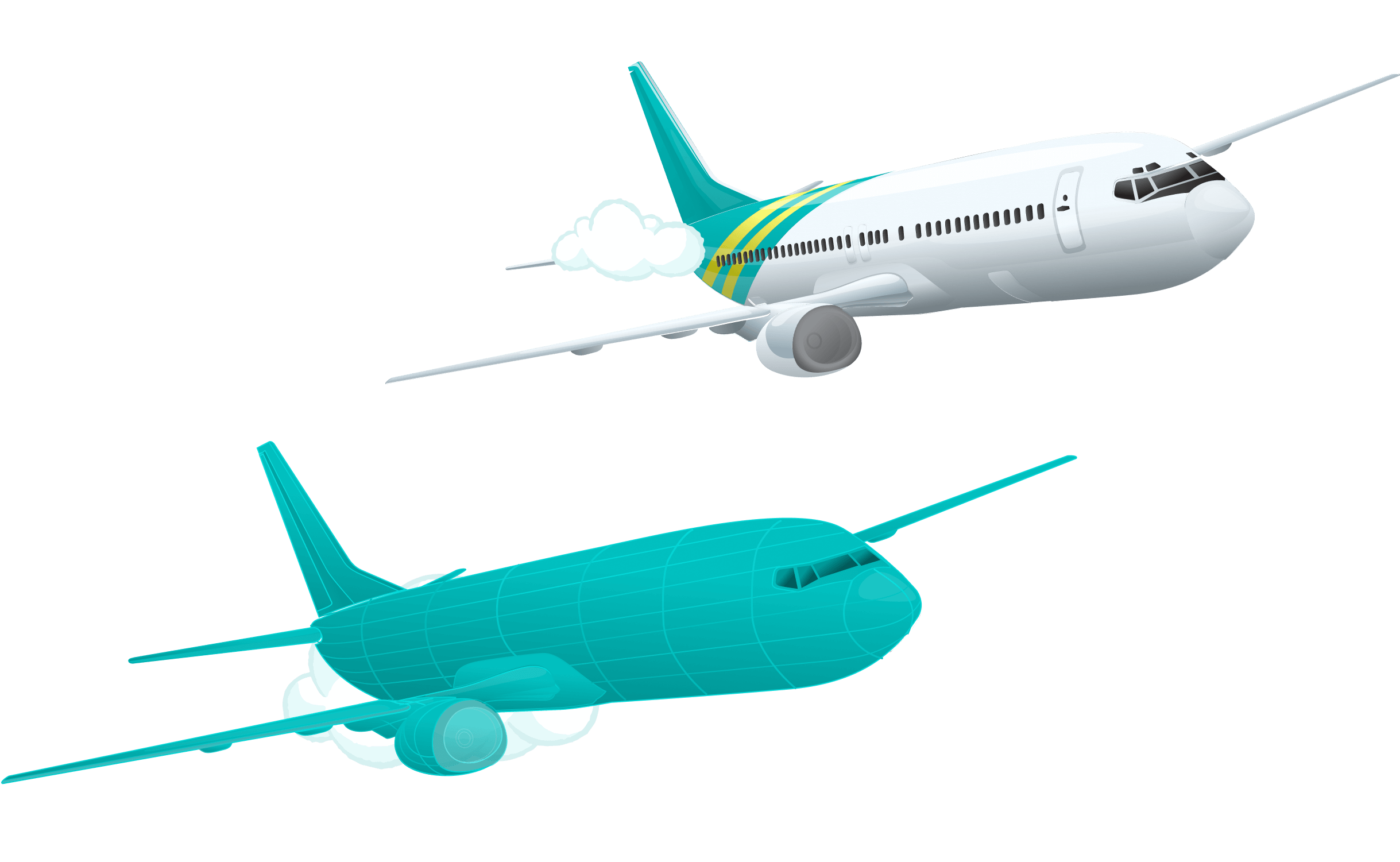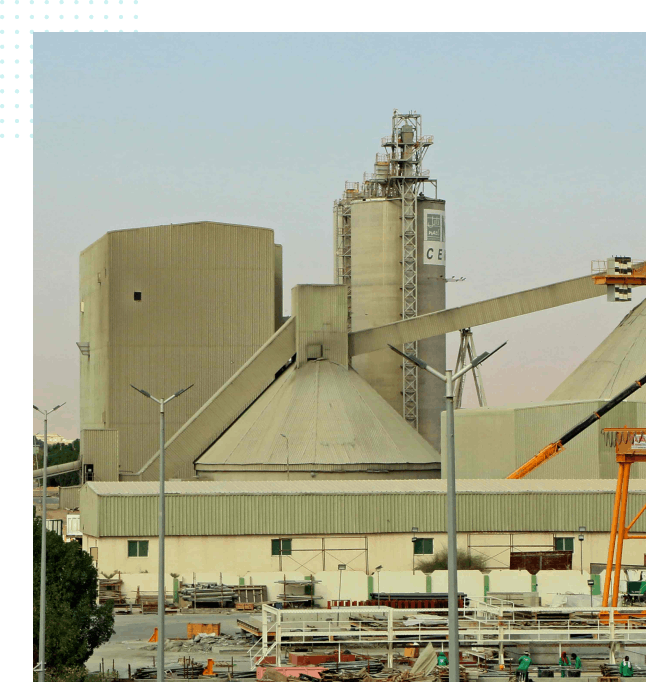Intelligent Digital Twins. Real-time Decisions.

One platform for assets and processes: fuse OT/IT/engineering data into intelligent twins that learn, simulate outcomes, and drive decisions.
About Thingspine
An integrated platform suite for process optimization and informed decision-making, seamlessly modeling real-world objects for simulation and analysis to deliver comprehensive insights and strategic actions.
The platform integrates a digital twin builder, IoT middleware, robust data management, and cutting-edge app development capabilities to overcome conventional hurdles in research, development, and testing. Specializing in the creation of digital twin models of physical assets and processes, Thingspine efficiently integrates data from multiple sources. Real-time simulations of assets and systems provide invaluable insights into their behavior and performance, driving efforts towards efficiency improvements and cost reductions.


Capabilities
At the core of our platform lies the Digital Twin Builder, a powerful tool that revolutionizes the convergence of digital and physical realms. It seamlessly maps entities to data sources, facilitating a dynamic connection between virtual models and real-world assets.
The Digital Twin Builder allows users to effortlessly construct visual models in both 3D and 2D, linking them to live data streams sourced from IoT sensors and other data sources. This integration provides unparalleled real-time visualization capabilities, offering users a comprehensive view of asset behavior and performance. With these insights, users can more easily analyze and optimize the physical counterparts of their digital twins.
At the core of our platform lies the Digital Twin Builder, a powerful tool that revolutionizes the convergence of digital and physical realms. It seamlessly maps entities to data sources, facilitating a dynamic connection between virtual models and real-world assets.
The Digital Twin Builder allows users to effortlessly construct visual models in both 3D and 2D, linking them to live data streams sourced from IoT sensors and other data sources. This integration provides unparalleled real-time visualization capabilities, offering users a comprehensive view of asset behavior and performance. With these insights, users can more easily analyze and optimize the physical counterparts of their digital twins.
Key features
Use cases


Real-Time Monitoring
Enable continuous monitoring of operations through real-time data feeds. This capability ensures immediate visibility into system performance and operational conditions, allowing for prompt response to any changes or anomalies.
Operational Efficiency
Enhance operational efficiency by integrating multiple data sources. This allows stakeholders across various industries to optimize processes, maximize output, and reduce costs by identifying the most effective operational strategies.

Design and Planning
Simulate various scenarios and assess their impacts before beginning physical projects. This process aids in optimizing layouts, selecting appropriate equipment, and evaluating environmental implications across different sectors.

Construction Management
Facilitate real-time monitoring of construction progress and schedule adherence by linking physical facilities with project models. Track material usage, equipment placement, and workforce productivity to ensure project efficiency.

Maintenance and Repair
Enable predictive maintenance by analyzing data from essential components under varied conditions. Anticipate failures and schedule maintenance before breakdowns occur, reducing downtime and operational costs.

Training and Skill Development
Serve as an interactive training tool that simulates real-world conditions. Provide safe, hands-on learning experiences, enabling employees to practice without the risks of physical training on actual machinery.

Safety and Risk Management
Enhance safety protocols by simulating emergency situations and planning response strategies. Train staff under realistic conditions to handle potential hazards like equipment malfunctions or operational errors without real-world risks.

Regulatory Compliance and Reporting
Facilitate compliance with environmental and safety regulations by providing accurate, up-to-date data on various aspects of operations. Use this data for reporting purposes and to ensure operations remain within legal parameters.

Real-Time Monitoring
Enable continuous monitoring of operations through real-time data feeds. This capability ensures immediate visibility into system performance and operational conditions, allowing for prompt response to any changes or anomalies.
Operational Efficiency
Enhance operational efficiency by integrating multiple data sources. This allows stakeholders across various industries to optimize processes, maximize output, and reduce costs by identifying the most effective operational strategies.

Design and Planning
Simulate various scenarios and assess their impacts before beginning physical projects. This process aids in optimizing layouts, selecting appropriate equipment, and evaluating environmental implications across different sectors.

Construction Management
Facilitate real-time monitoring of construction progress and schedule adherence by linking physical facilities with project models. Track material usage, equipment placement, and workforce productivity to ensure project efficiency.

Maintenance and Repair
Enable predictive maintenance by analyzing data from essential components under varied conditions. Anticipate failures and schedule maintenance before breakdowns occur, reducing downtime and operational costs.

Training and Skill Development
Serve as an interactive training tool that simulates real-world conditions. Provide safe, hands-on learning experiences, enabling employees to practice without the risks of physical training on actual machinery.

Safety and Risk Management
Enhance safety protocols by simulating emergency situations and planning response strategies. Train staff under realistic conditions to handle potential hazards like equipment malfunctions or operational errors without real-world risks.

Regulatory Compliance and Reporting
Facilitate compliance with environmental and safety regulations by providing accurate, up-to-date data on various aspects of operations. Use this data for reporting purposes and to ensure operations remain within legal parameters.
Case study
Transforming Construction Operations
with AI and Digital Twins

Challenge
Our client, a leading construction company in the UAE with 25 years of experience, faced challenges in operational efficiency and cost management. Although they had extensive data from daily project executions and expenses in their systems, it was underutilized in strategic decision-making. They needed an innovative solution to enhance project execution, reduce costs, and optimize resource utilization.
Solution
Result
